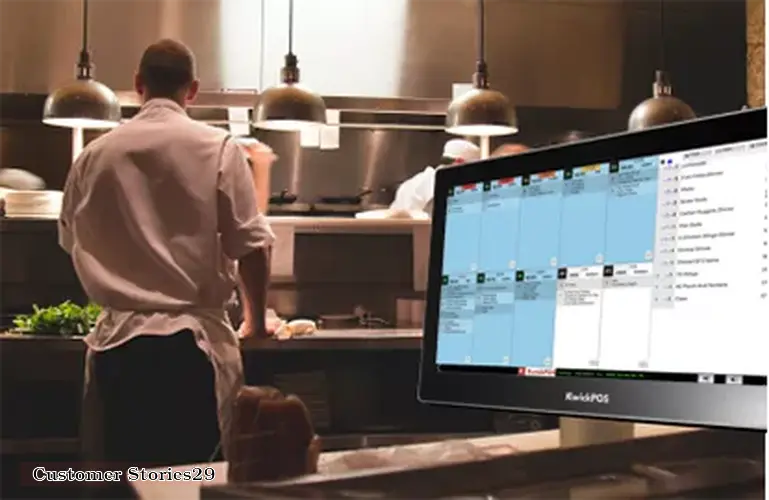

Customer stories, also known as case studies, are a powerful tool that restaurants can use to showcase their offerings and demonstrate the value they provide to their customers. By sharing real-life examples of how their restaurant has helped customers, restaurants can build trust, establish credibility, and differentiate themselves from their competitors.
Here are some tips for creating compelling customer stories for your restaurant:
1. Identify your target audience: Before you start writing your customer stories, it's important to identify your target audience. Who are you trying to reach? What are their pain points and needs? By understanding your audience, you can tailor your customer stories to speak directly to them.
2. Choose the right customers: When selecting customers to feature in your stories, look for those who have had a particularly positive experience with your restaurant. Ideally, they should be willing to share their story and provide a glowing review of your restaurant.
3. Highlight the problem: In the beginning of your customer story, describe the problem that your customer was facing before they came to your restaurant. This will help readers understand the context and set the stage for the solution that your restaurant provided.
4. Describe the solution: Next, describe the solution that your restaurant provided. Be specific about what you did to help the customer and how it solved their problem. Use sensory details to bring the experience to life and make it more engaging.
5. Include quotes: Including quotes from the customer can add authenticity and credibility to your story. Ask the customer to describe their experience in their own words and use their exact words in your story.
6. Use data: Where possible, include data or statistics to support your claims. For example, if you're highlighting a dish that's a customer favorite, include the number of times it's been ordered or the percentage of customers who rate it highly.
7. End with a call-to-action: Finally, end your customer story with a call-to-action. Encourage readers to visit your restaurant, try the dish or experience that's featured in the story, or take some other desired action.
By following these tips, you can create compelling customer stories that will help you build a strong brand, establish credibility, and attract new customers to your restaurant.
DISCLAIMER: This information is provided for general informational purposes only, and publication does not constitute an endorsement. Kwick365 does not warrant the accuracy or completeness of any information, text, graphics, links, or other items contained within this content. Kwick365 does not guarantee you will achieve any specific results if you follow any advice herein. It may be advisable for you to consult with a professional such as a lawyer, accountant, or business advisor for advice specific to your situation.
today
Copyright © 2025 Kwick365.com
Designed by KwickPOS is the best restaurant POS